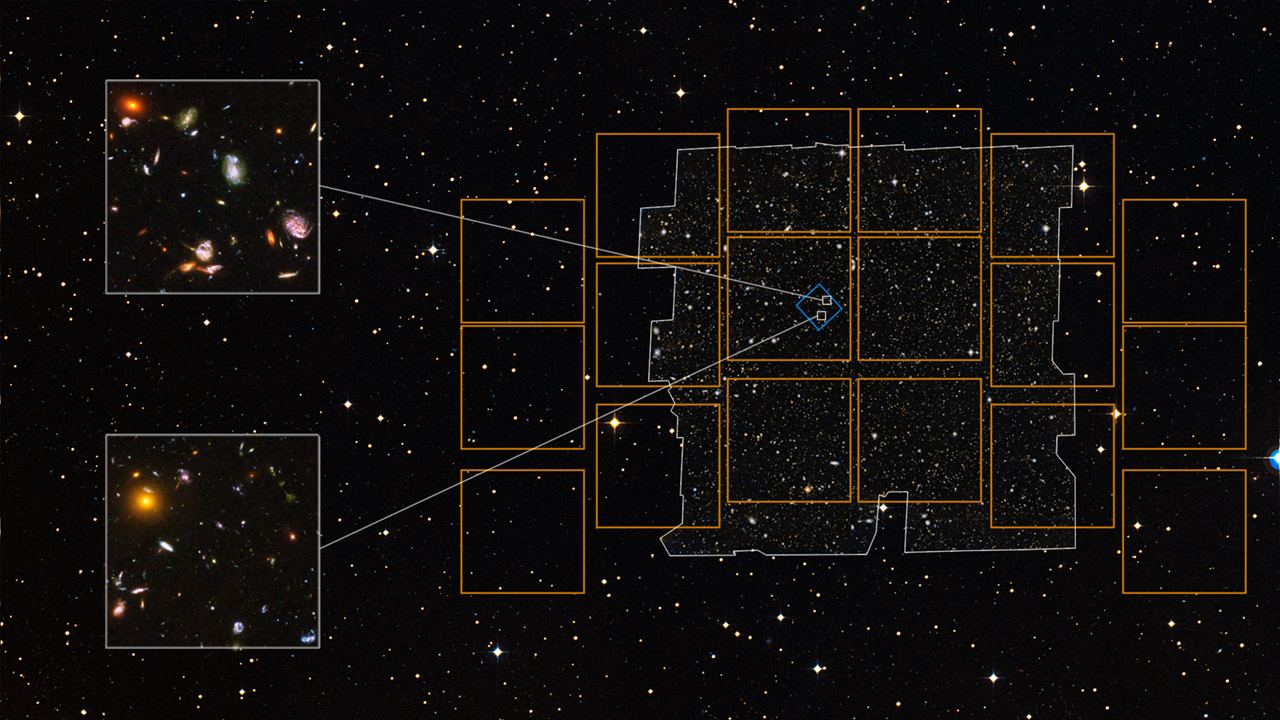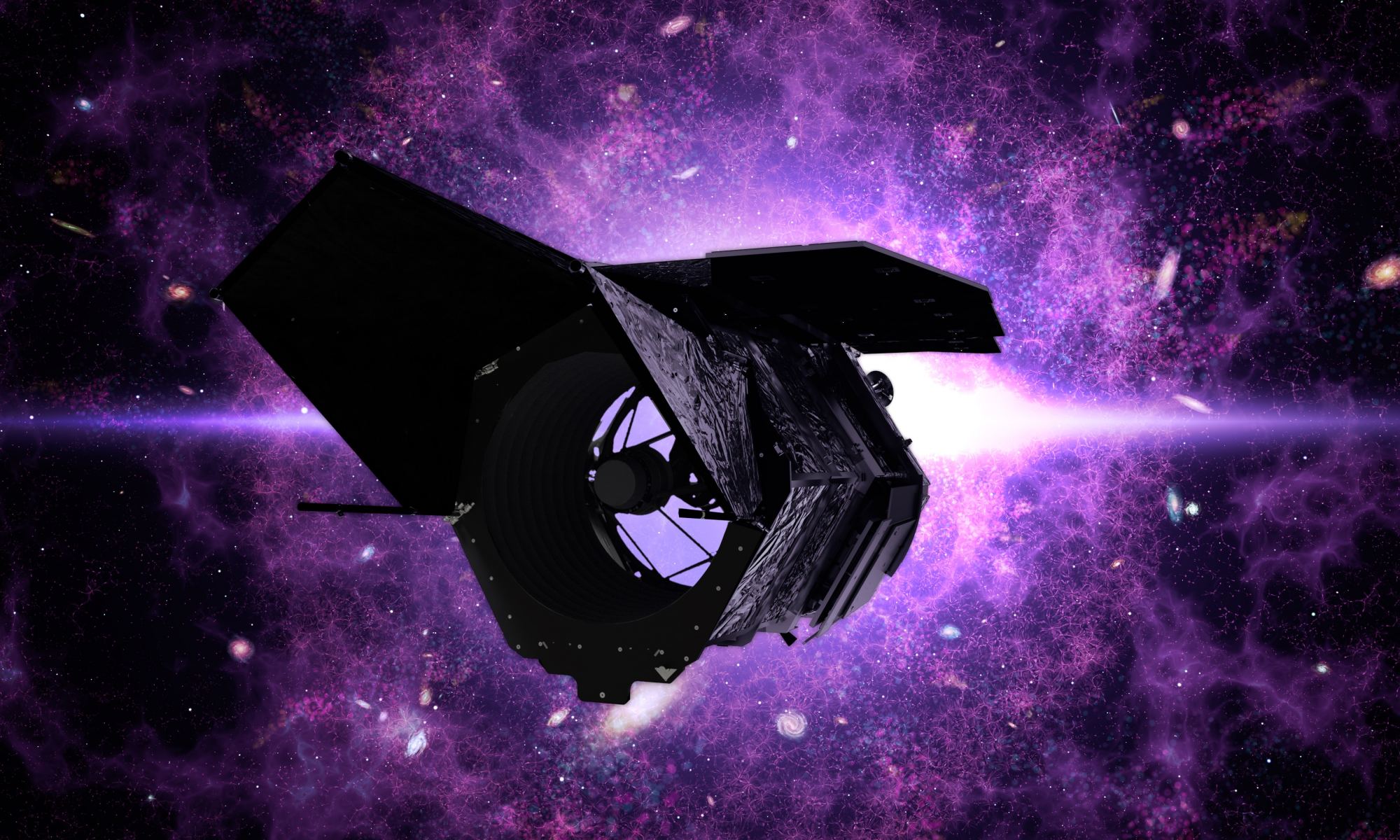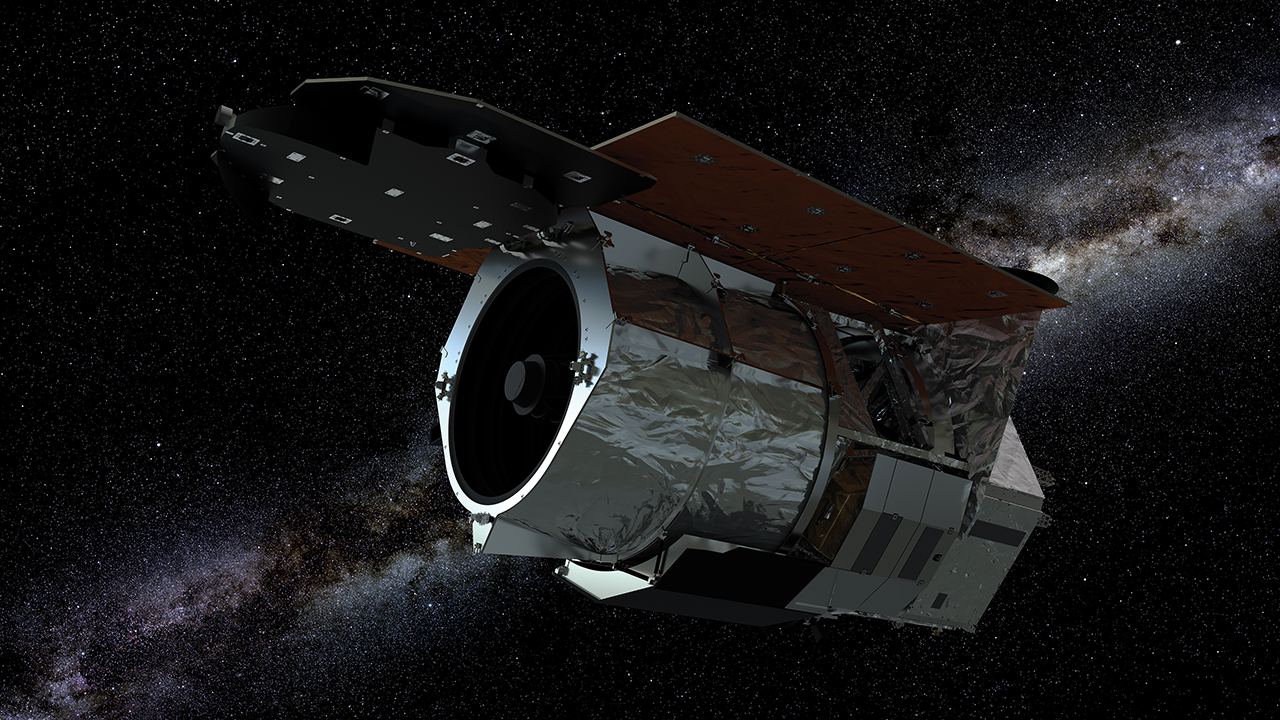In May of 2020, NASA made the decision to give the next-generation Wide Field Infrared Space Telescope (WFIRST) a proper name. Henceforth, it would be known as the Nancy Grace Roman Space Telescope (or Roman Space Telescope) in honor of NASA’s first Chief Astronomer and a woman’s who tireless work in the field of STEMs research led to the creation of the Hubble Space Telescope – hence her nickname, the “mother of Hubble”).
However, in recent months, the budget environment has not been too favorable to the Roman Space Telescope (RST), as well as education-related programs. But thanks to a recent bill considered by the House Appropriations Commitee, funding has been restored to five NASA science missions and projects – including the RST – that the administration’s budget proposal sought to cancel for the coming year.
Continue reading “Roman Space Telescope and SOFIA Get Their Funding Restored… Again”



